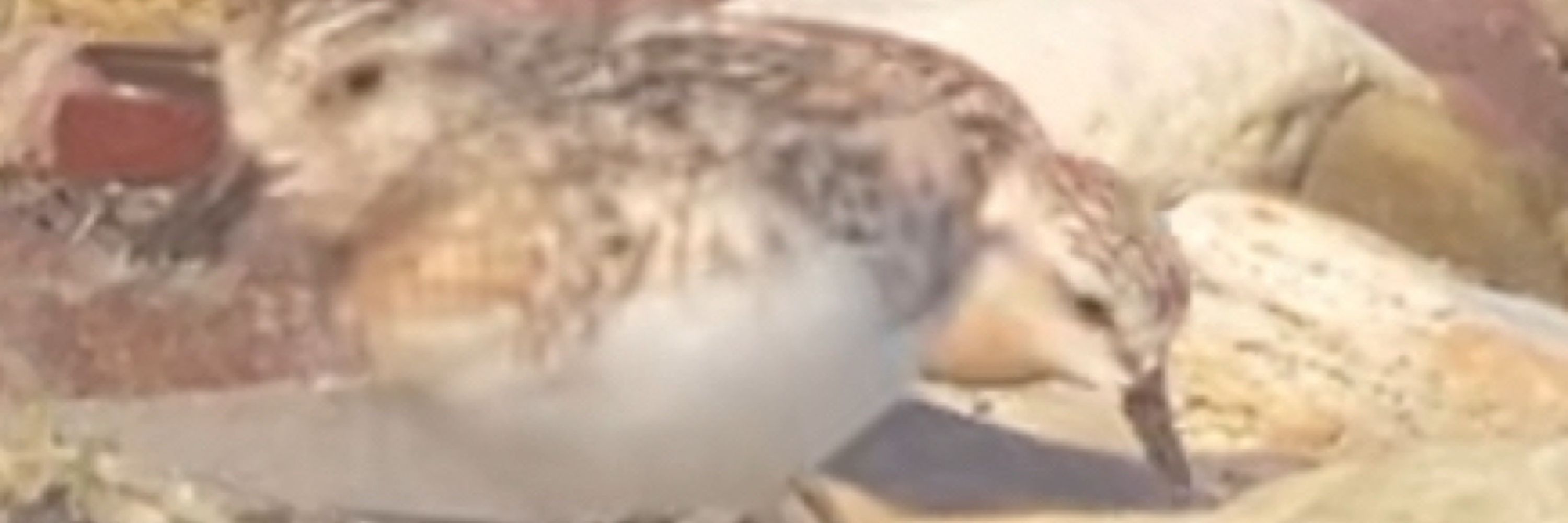
Paul Moore
@birderpaul.bsky.social
170 followers
190 following
44 posts
Birder, particularly any birds that go near water, or farmland. All of them really. Cork, Ireland.
Posts
Media
Videos
Starter Packs
Paul Moore
@birderpaul.bsky.social
· Oct 5
Paul Moore
@birderpaul.bsky.social
· Oct 3
Paul Moore
@birderpaul.bsky.social
· Sep 29
Paul Moore
@birderpaul.bsky.social
· Sep 21
Paul Moore
@birderpaul.bsky.social
· Mar 26
Paul Moore
@birderpaul.bsky.social
· Mar 22
Paul Moore
@birderpaul.bsky.social
· Mar 16
Paul Moore
@birderpaul.bsky.social
· Mar 16
Changes in fish distribution in Europe's seas
Human activities and climate change place increasing pressure on the marine environment, leading to shifts in marine primary productivity, food-web dynamics and species’ geographical distributions. Th...
www.eea.europa.eu
Paul Moore
@birderpaul.bsky.social
· Nov 20
Paul Moore
@birderpaul.bsky.social
· Nov 20
Paul Moore
@birderpaul.bsky.social
· Nov 14
Delighted to spot this stunning male Marsh Harrier near home recently. #birds















